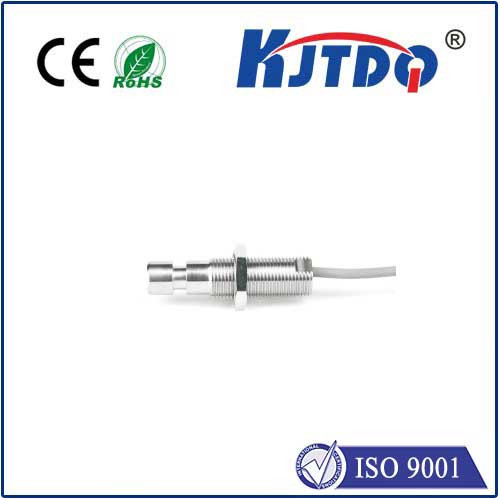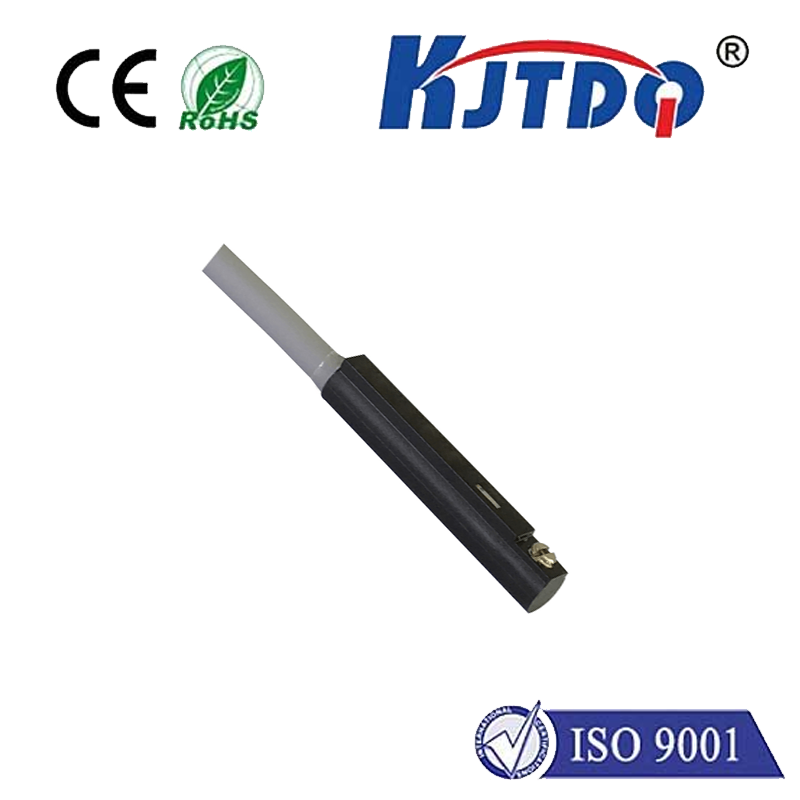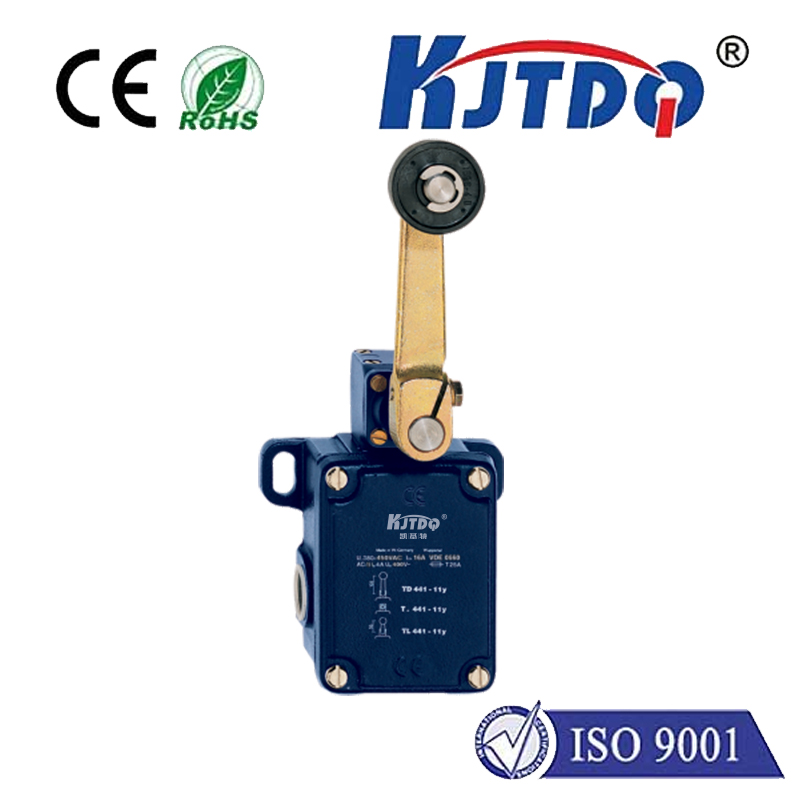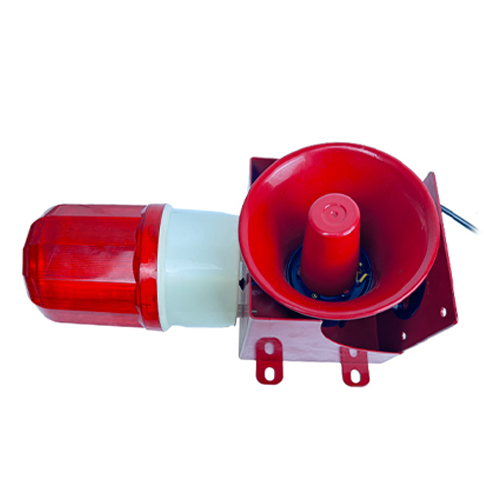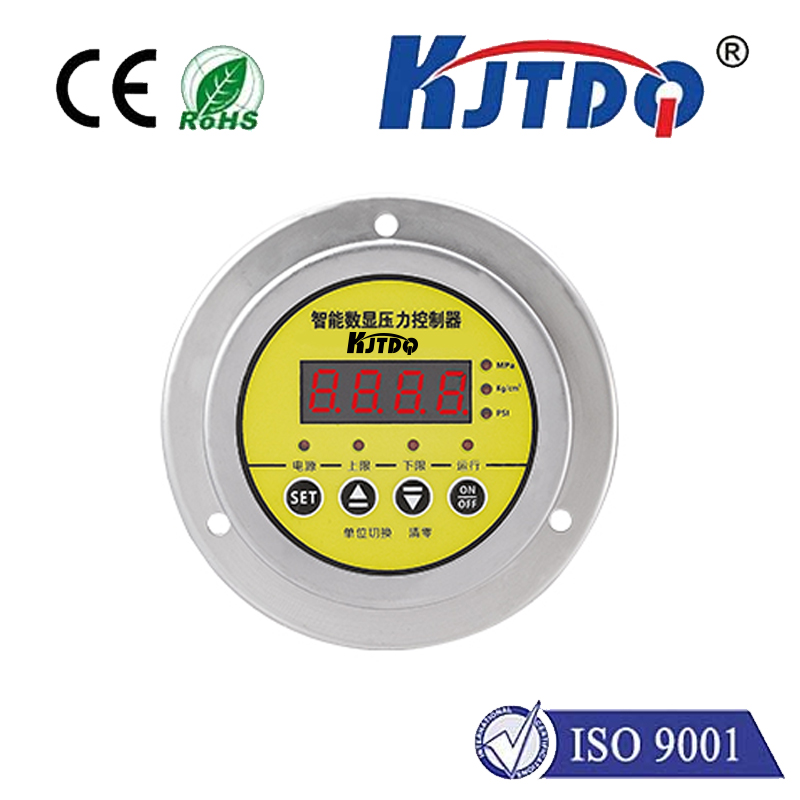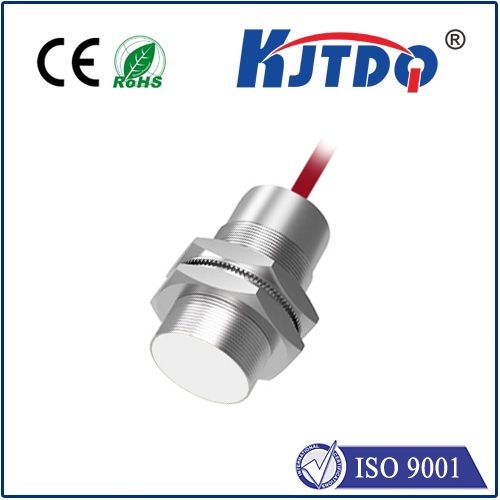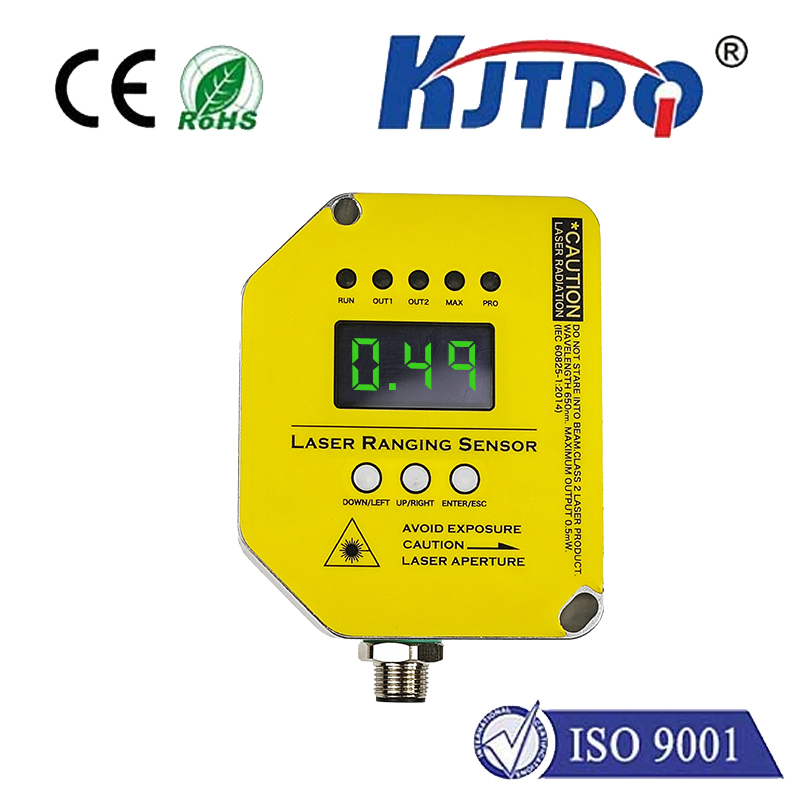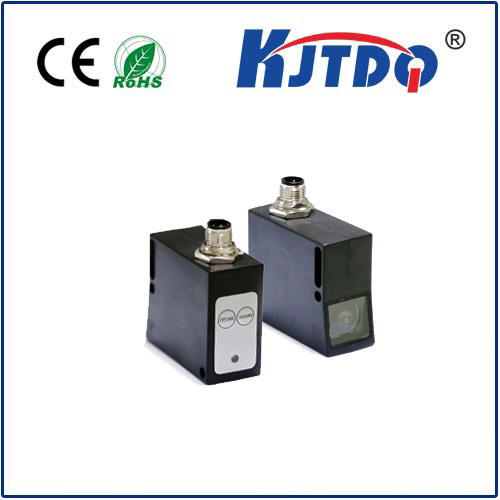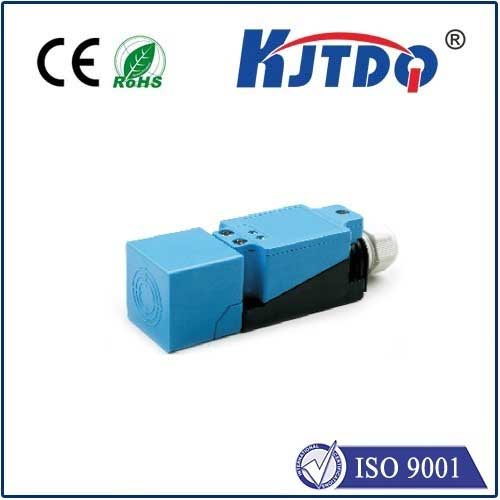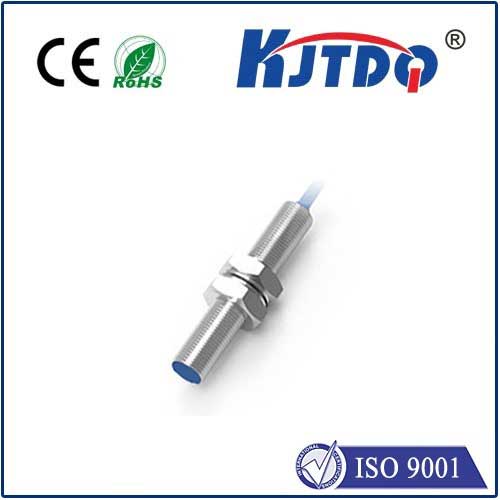

check

check

check

check
PZ-M33 Photoelectric Sensor: The Ultimate Guide to Its Features and Applications
In today’s fast-paced industrial environment, the demand for reliable and efficient sensing technologies has never been higher. Among the various types of sensors used in automation and manufacturing, the PZ-M33 photoelectric sensor stands out as a versatile and high-performance solution. This article explores the key features of the PZ-M33 photoelectric sensor, its applications, and why it is becoming a preferred choice for many industries.
The PZ-M33 photoelectric sensor is a non-contact sensor that uses light to detect the presence or absence of an object. It operates on the principle of photovoltaic effect, allowing it to detect objects without physical contact, which makes it ideal for applications where maintenance and wear are concerns. The sensor is composed of a photoelectric diode and a light-emitting diode (LED), which work together to generate and detect light beams. This design ensures high sensitivity and accuracy, making it suitable for a wide range of industrial applications.

One of the most significant advantages of the PZ-M33 is its ability to detect objects at a distance, even in adverse conditions. The sensor can operate in various environments, including dusty, humid, and high-moisture settings, where traditional contact sensors would fail. Its robust construction and high-quality materials make it resistant to environmental factors such as temperature changes and vibration. This reliability is crucial in industries where downtime can result in significant financial losses.
The PZ-M33 also offers a range of detection modes, allowing users to customize the sensor to meet specific needs. These modes include active and passive detection, which can be configured based on the application’s requirements. Active detection involves emitting a light beam and detecting the reflection, while passive detection uses the ambient light to detect the presence of an object. This flexibility makes the sensor suitable for a variety of applications, from simple object detection to complex motion control systems.
In terms of performance, the PZ-M33 is known for its high speed and accuracy. It can detect objects at a rate of up to 1000 pulses per second, making it ideal for high-speed production lines. The sensor’s precision ensures that it can detect even the smallest objects with high reliability, which is essential in quality control processes. Additionally, the sensor’s ability to operate in a wide range of temperatures and humidity levels makes it suitable for use in diverse industrial settings.
The PZ-M33 photoelectric sensor is not only a technological advancement but also a practical solution for industries looking to improve efficiency and reduce operational costs. Its non-contact nature eliminates the need for maintenance, reducing downtime and increasing productivity. Furthermore, the sensor’s design allows for easy integration into existing systems, making it a cost-effective choice for manufacturers and industrial facilities.
In conclusion, the PZ-M33 photoelectric sensor is a transformative technology that offers numerous benefits across various industries. Its high accuracy, reliability, and versatility make it an essential component in modern automation and manufacturing systems. By understanding its features and applications, industries can make informed decisions and embrace the future of smart manufacturing.
